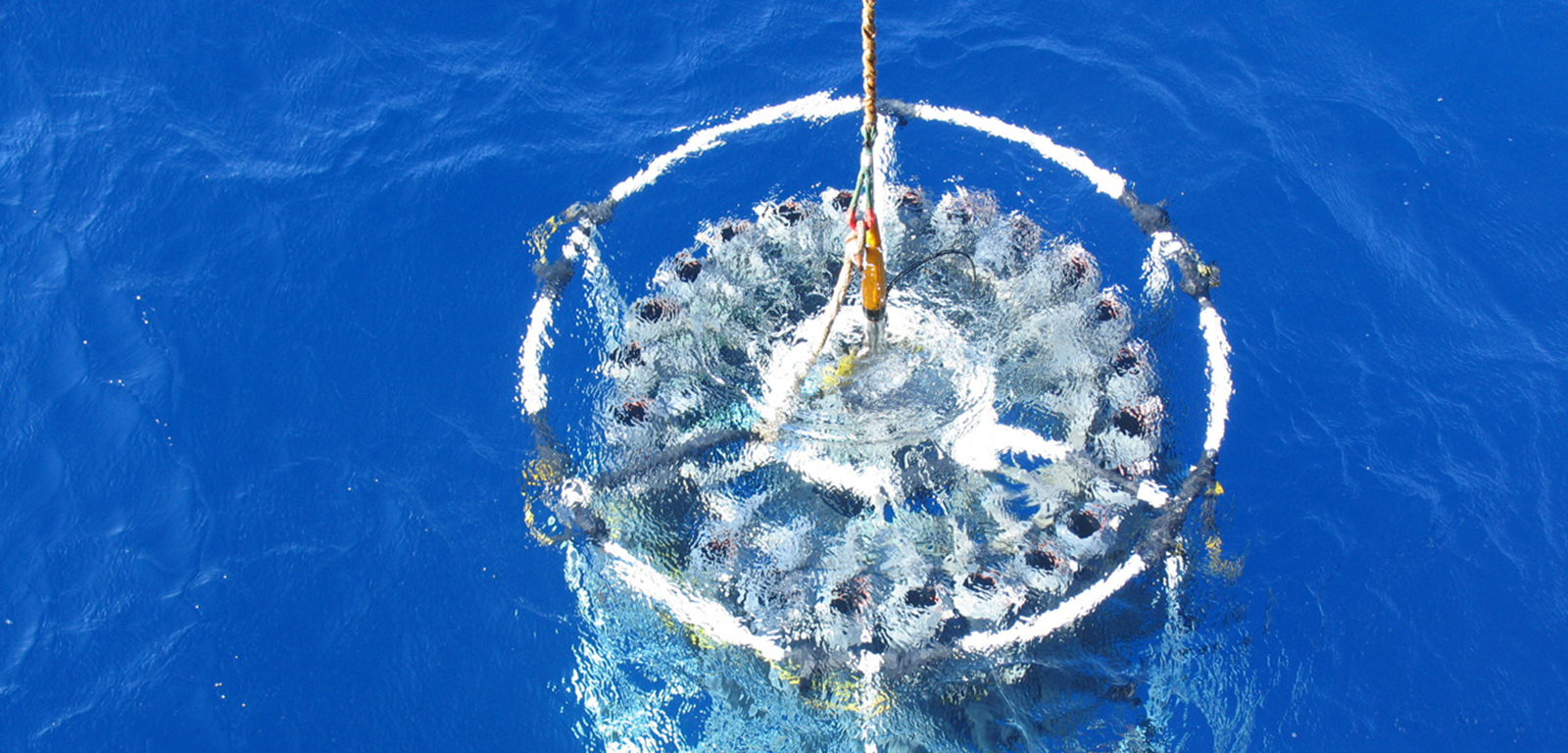Researchers working within this theme are studying the fate of oil & gas released from the sea floor as it passes upward through the water column. They are particularly interested in the impact of petrocarbon (carbon derived from petroleum) on the diversity, abundance, and activity of plankton. Their studies encompass a broad range of organisms, including microbes that consume oil & gas directly, phyto- and zooplankton that may be physiologically affected by exposure to oil & gas, and zooplankton that can transfer petro-carbon through the food web via their feeding activities. They have a strong focus on field research, with extensive sampling and experimental activities during research cruises to the Gulf of Mexico.
This theme aims to address components of the following ECOGIG research areas:
Clarify the biogeochemical dynamics, processes, and ecosystem impacts of natural hydrocarbon (oil & gas) seepage in the Gulf ecosystem by:
1. Determining the relative importance of key biological and physical processes in controlling hydrocarbon transfer between surface and deep waters, and sediments.
2. Defining how natural hydrocarbons influence the diversity, activities and functions of water column and benthic biological communities relative to control sites.
Measure how hydrocarbons are incorporated into marine oil snow and evaluate its formation, dynamics and fate in the Gulf by:
Determining the roles of phytoplankton, minerals and microbes in forming marine oil snow.
Determine the impact of natural perturbations on hydrocarbon fluxes by:
1. Conducting laboratory experiments to determine the capacity of natural biological communities to process increased hydrocarbon loads on site by oxidizing them and converting them to biomass (~petrocarbon) that can be traced through the food web.
2. Measuring with site specific experiments how variability in hydrocarbon concentrations alter water column biological community structure and activity.


















 back to top
back to top